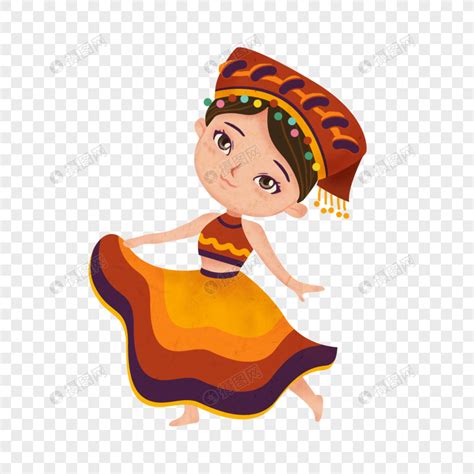Exploring Dai Ethnic Minority through Comics
Comics are a powerful medium for storytelling, capable of conveying complex narratives and cultural nuances in a visually engaging manner. When it comes to representing ethnic minorities like the Dai people, comics offer a unique opportunity to explore their rich heritage, traditions, and contemporary issues. Let's delve into how comics can serve as a window into the world of the Dai ethnic minority.
The Dai people are one of the 56 recognized ethnic groups in China, primarily inhabiting the southwestern province of Yunnan, as well as regions in Laos, Thailand, and Myanmar. They have a distinct cultural identity, characterized by their language, customs, religion, and traditional attire.
Key aspects of Dai culture include:
- Theravada Buddhism: The majority of Dai people adhere to Theravada Buddhism, which influences various aspects of their daily life, including rituals, festivals, and social norms.
- Water Splashing Festival: This is the most important festival for the Dai people, celebrated during the traditional New Year. It involves water splashing as a symbol of cleansing and renewal.
- Traditional Dress: Dai attire is known for its colorful embroidery, intricate patterns, and symbolic meanings. Traditional clothing varies among different Dai subgroups.

Comics offer a platform to showcase the diversity and vibrancy of Dai culture. Artists can depict traditional ceremonies, folktales, daily life, and the natural beauty of Daiinhabited regions through vivid illustrations and compelling narratives.
Here are some ways Dai culture can be portrayed in comics:
- Historical Retellings: Comics can depict significant events and historical figures from Dai history, such as the establishment of ancient Dai kingdoms or resistance against external invasions.
- Mythological Stories: Folklore and mythology play a crucial role in Dai culture. Artists can adapt traditional myths and legends into visually stunning comic strips, introducing readers to mythical creatures, heroic deeds, and moral lessons.
- Contemporary Themes: Comics can also address contemporary issues faced by the Dai people, such as cultural preservation, environmental conservation, socioeconomic development, and intercultural interactions.
While comics have the potential to celebrate and preserve Dai culture, they also pose certain challenges:
- Cultural Sensitivity: It's essential for comic creators to approach Dai culture with respect and sensitivity, avoiding stereotypes or misrepresentations.
- Language Barrier: Translating Dai language and idioms into comics may pose a challenge for artists aiming to reach a broader audience. Bilingual publications or footnotes can help bridge this gap.
- Access to Publishing: Limited access to publishing platforms and resources may hinder the dissemination of Daithemed comics, especially for independent artists or creators from underrepresented communities.
Despite these challenges, comics offer a powerful tool for cultural exchange and understanding. By collaborating with Dai artists, scholars, and community members, comic creators can overcome barriers and ensure authentic representations of Dai culture.
Comics serve as a compelling medium for exploring the diverse cultures and traditions of ethnic minorities like the Dai people. Through vibrant illustrations and engaging narratives, comics can celebrate Dai heritage, educate readers about their customs and beliefs, and foster crosscultural dialogue. By embracing cultural diversity in comics, we can enrich our understanding of the world and promote appreciation for the unique identities that define us.
